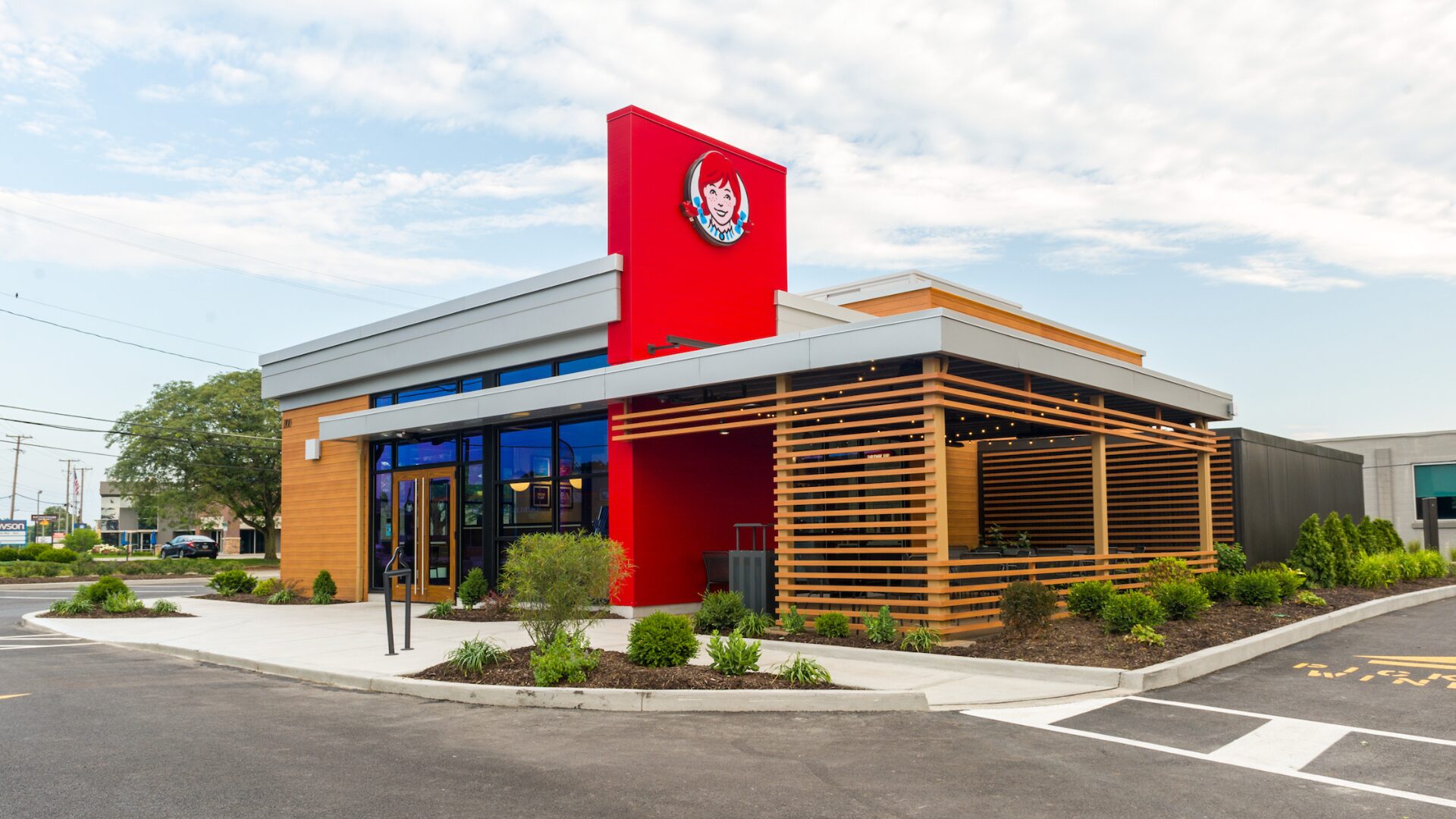Inflation is causing consumers to rethink spending in numerous ways. Coffee, however, is one category that remains untouchable.
Coffee, after all, is an affordable luxury.
“Despite cutting down on dining out or travel, you can keep coffee in your routine for a relatively affordable cost,” Dominique Jacques, co-founder of Biodynamic Coffee by Holistic Roasters, told The Food Institute. “Perhaps you enjoy the casual social interaction before starting your workday, leaving the café with a cup in your hand and a smile on your face. Or, if you’re a home barista, you might savor that relaxing moment where your mind is entirely focused on brewing the best cup of coffee possible.”
So, while some industries struggle, the category remains red hot.
“In my experience, the coffee industry does a great job catering to different types of consumers with varying preferences and budgets,” said Sean Stewart, founder of Good Citizen Coffee Co.
“There are options available at different price points, from high-end specialty coffees to more affordable alternatives. So, even when prices rise, there are still options for everyone.”
A recent report by Statista found that almost half of coffee drinkers purchase it at least once per week.
“A good cup of coffee doesn’t cost a lot, and it helps people start their day with the right mindset,” said Dave Dussault, founder of the cold coffee invention Snapchill.
Placer.ai recently analyzed top trends in the coffee space and what successful players are doing to stay on top, such as:
Highlighting the lunch daypart: Placer.ai’s research revealed that, from 2019 to 2023, there was an increase in coffee shop visits between 11 a.m. and 2 p.m., making lunch a very popular time to grab a cup of joe as many adults began working from home during the pandemic.
Appeal to youths: Popular brands are finding success by marketing to a younger demographic. Some ways the most popular chains are doing this are by celebrity partnerships on TikTok and brand collaborations, plus updating product offerings.
If possible, highlight ‘indie’ vibe: Smaller chains have gained popularity. Chains like Scooters Coffee and Black Rock Coffee Bar have found success and are making a name for themselves.
Keys to Success
What can coffee chains do to set themselves apart? Jacques, Stewart and Dussault weighed in with their tips:
Prioritize employees: “As soon as you start to grow, or even have a few full-time employees, your focus needs to be on them. Are they happy? Do they feel challenged? Do they like the people they work with? Are they comfortable with their wage? Essentially, you should strive to make the part of their life that is spent at work a good moment in their day. Once you do that, trust them, and everything will be so much easier for you.”
Focus on attention to detail: “Coffee shops should be constantly tasting, double checking quality, teaching staff and educating consumers, cleaning, and organizing,” Dussault said. “The consumer won’t know the behind-the-scenes details, but they’ll appreciate that whatever they buy tastes freshly made.”
Promote a healthier-for-you philosophy: “Convenience is still king in the coffee industry, but growing is the desire to try more types and varieties of coffee that promote a healthy lifestyle,” Stewart noted. “Consumers are more inclined to spend a little bit more if they know the quality will be higher. Coffee shops that seem to thrive offer more robust point of sale farm or farmer-initiative information.
“Traceability is important, not only for roasters and direct to consumer sales, but retail point of sale as well.”
The Food Institute Podcast
Food price inflation has been a constant thorn over the past few years, but are we about to turn the corner toward greener pastures? Wells Fargo Chief Agricultural Economist Dr. Michael Swanson returned to The Food Institute Podcast to discuss emerging trends in food inflation and the changing dynamics between eating at home and eating out. Dr. Swanson also discusses agricultural impacts stemming from both drought and increased rainfall in different parts of the country.












